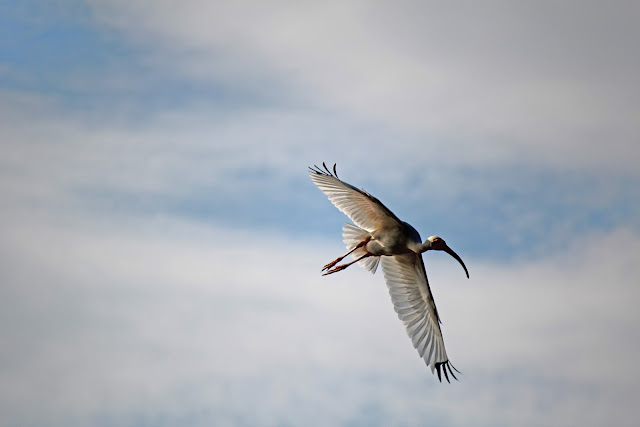The guy above is at the Loop 12 Boat Ramp after what he described as a "near fatal encounter" with the McCommas Bluff Lock and Dam on the evening of May 27, 2012. He was alligator gar hunting on this stretch of the Trinity River for the first time and was not aware that the McCommas Lock and Dam straddled the river below McCommas Bluff. He said that it was "1 in 1000" that he survived after getting hung up in the riffles, shoal, logs and concrete blocking the river there. He was pretty angry about it and shaking his head as he secured his airboat.
Signage exists at the Loop 12 Boat Ramp detailing the hazards of the boat ramp ahead but there are not any warnings about the navigable hazards up and down the river. That would include not only the 104 year old McCommas Bluff Lock but the brand new Standing Wave near Downtown. The alligator gar hunter seemed to be an experienced boater, mentioning he does most of his boating below Texoma on the Red River in water an inch deep. He suggested the city, county or Parks and Wildlife should install a sign at the boat ramp of those hazards.
Whitetail Buck At Loop 12
 |
| Whitetail Buck at Little Lemmon Lake, Great Trinity Forest Trail |
 |
| Deer with a dumped tire, only in the Great Trinity Forest |
I checked with the DFW Urban Wildlife guy to see if this deer matches any of the deer in his automated photo collection and it does not.
The rebirth of Lemmon Lake and the return of the Roseate Spoonbills
 |
| Lemmon Lake May 27, 2012 |
 |
| Roseate Spoonbill May 27, 2012 at Lemmon Lake |
Getting to a view of Lemmon Lake is difficult. Surrounded by thickets, bramble patches, poison ivy...and that's just the outer belt. Next comes a section of willow swamp, followed by a slog through snake infested 8 foot high reeds. The trail I whacked out of the undergrowth last year so that birders could visit has now become overgrown again to the point where one cannot even see it. I chose a different bushwhacking route this spring and was rewarded with seeing an early set of Roseate Spoonbills. Hopefully, this is a sign of things to come for June and July with more strange birds of the tropics moving north for the summer.
White Ibis at Lemmon Lake
 |
| Southern Leopard Frog at Lemmon Lake |
 |
| Red Swamp Crawfish at Lemmon Lake |
It's interesting that all these photos were taken within 1/2 a mile of each other over about the course of an hour. The diversity of what exists down in that part of the Great Trinity Forest is just eye popping. The scenes of a guy with an airboat, deer, spoonbills, ibis and symphony of frogs are more out of a Florida swamp. Not a forgotten part of Dallas.









No comments:
Post a Comment